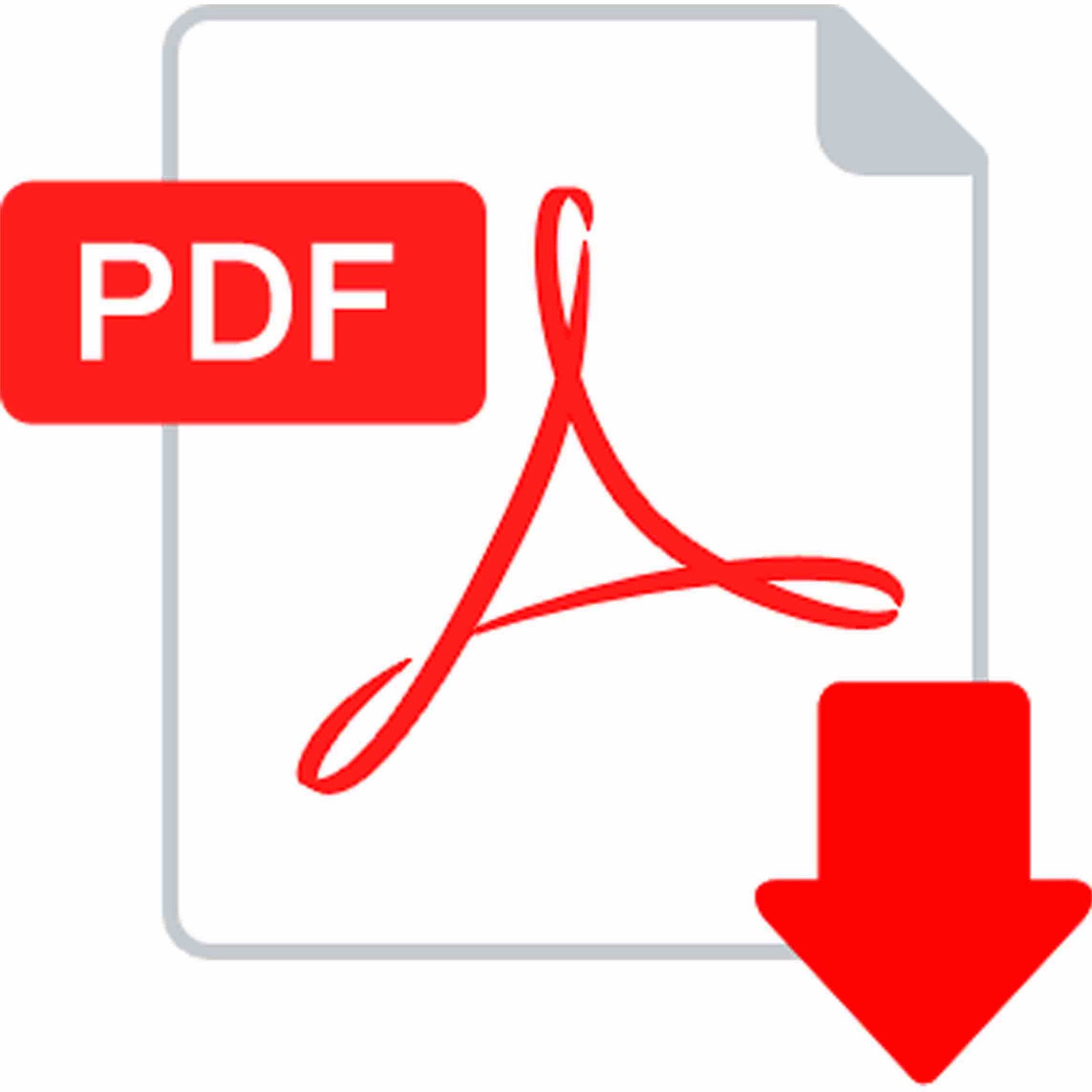| JEL Classification: D21; D40; D43; L11; L13. | DOI: https://doi.org/10.31521/modecon.V49(2025)-21 |
Maksym Mashliakivskyi, Postgraduate student of the Department of Economic Theory, Faculty of Economics, National University of Kyiv-Mohyla Academy, Kyiv, Ukraine
ORCID ID: 0000-0001-8064-9659
e-mail: m.mashliakivskyi@ukma.edu.ua
Directions for Improving Approaches to the Analysis and Optimization of Pricing in Dynamic Competitive Markets
Abstract. Introduction. In today’s markets, the issue of price analysis and optimization is becoming more and more important. This is due to a number of factors, including increased price volatility in the markets, the evolution of consumer behavior, growing competition, the development of dynamic pricing, etc. On the one hand, these trends make it crucial for companies to optimize their prices dynamically, on the other hand, they require further development and improvement of existing theoretical approaches and practical tools for price analysis, simulation and optimization for companies operating in dynamic competitive markets with differentiated products.
Purpose. The purpose of this article is to summarize and systematize existing theoretical and practical approaches to the analysis and optimization of pricing strategies of companies in dynamic competitive markets with differentiated products, as well as to suggest possible directions for the improvement of relevant theoretical approaches and practical tools (algorithms).
Results. The article proposes a framework for systematizing the factors determining possible pricing strategies of market participants in a dynamic competitive market with differentiated products. The framework is later used to evaluate existing theoretical and practical approaches to developing and optimizing pricing tactics and strategies. The phenomenon of dynamic pricing is discussed, as well as its implications for the market as a whole, for the behavior of market participants, and for consumers. The article summarizes and systematizes the main existing theoretical and practical approaches to the analysis and optimization of pricing strategies of market participants in the dynamic environment proposed in the fields of economics (microeconomics), game theory, management theories and computer science. The main gaps of the existing approaches are identified, laying the groundwork for identifying important areas for further development and research.
Conclusions. The research shows that the existing theoretical approaches and practical tools for price analysis and optimization have some noticeable gaps and limitations and leave room for further development, which is necessary in view of the market trends described above. Important areas for improvement identified include: (1) properly analyzing and predicting the mutual effects of the pricing tactics and strategies of different market players, (2) forecasting the sales and optimizing the prices of specific market players taking into account the expected price responses of their competitors, (3) more deeply analyzing the effects of the pricing strategies of market players and market dynamics on the evolution of consumer behavior.
Keywords: pricing; dynamic pricing; dynamic market; market strategy; pricing strategies; price competition, price elasticity, price optimization.
References:
- Sgroi, F. (2023). Digital technologies to remove the information asymmetry in the food market. Smart Agricultural Technology, 5, 2772-3755. https://doi.org/10.1016/j.atech.2023.100326.
- Kopalle, P., Pauwels, K., Yashaswy, L. & Gangwar, M. (2023). Dynamic pricing: Definition, implications for managers, and future research directions. Journal of Retailing, 99(4), 580-593. https://doi.org/10.1016/j.jretai.2023.11.003.
- Cho, M., Fan, M., & Zhou, Y.-P. (2009). Strategic consumer response to dynamic pricing of perishable products. International Series in Operations Research & Management Science. Springer US, 131, 435-458. https://doi.org/10.1007/978-0-387-98026-3_17.
- Rudolph, T., Scheidegger, G., Barth, E. & Linzmajer, M. (2019). The Dose Makes the Poison – Dynamic Pricing Strategies and Their Influence on Consumers. Marketing Review St.Gallen, 36(5), 22-31. https://hdl.handle.net/10419/276054.
- Neubert, M. (2022). A Systematic Literature Review of Dynamic Pricing Strategies. International Business Research, 15, 1-17. https://doi.org/10.5539/ibr.v15n4p1.
- Gabaix, X., Laibson, D., Li, D., Li, H., Resnick, S. & de Vries, C. (2016). The Impact of Competition on Prices with Numerous Firms. Journal of Economic Theory, 165, 1-24. https://doi.org/10.1016/j.jet.2016.04.001.
- Harris, M., & Raviv, A. (1981). A Theory of Monopoly Pricing Schemes with Demand Uncertainty. The American Economic Review, 71, 347-365. http://www.jstor.org/stable/1802784.
- Kopalle, P. & Shumsky, R. (2012). Game Theory Models of Pricing. The Oxford Handbook of Pricing Management, 381-414. https://doi.org/10.1093/oxfordhb/9780199543175.013.0019.
- Chen, X. & Simchi-Levi, D. (2012). Pricing and Inventory Management. The Oxford Handbook of Pricing Management, 784-822. https://doi.org/10.1093/oxfordhb/9780199543175.013.0030.
- Athey, S. & Luca, M. (2019). Economists (and Economics) in Tech Companies. Journal of Economic Perspectives, 33 (1), 209-230. https://doi.org/10.1257/jep.33.1.209.
Received: 24 February 2025
|
How to quote this article? |
| Mashliakivskyi M. (2025). Directions for Improving Approaches to the Analysis and Optimization of Pricing in Dynamic Competitive Markets. Modern Economics, 49(2025), 154-160. DOI: https://doi.org/10.31521/modecon.V49(2025)-21. |











 Українська
Українська